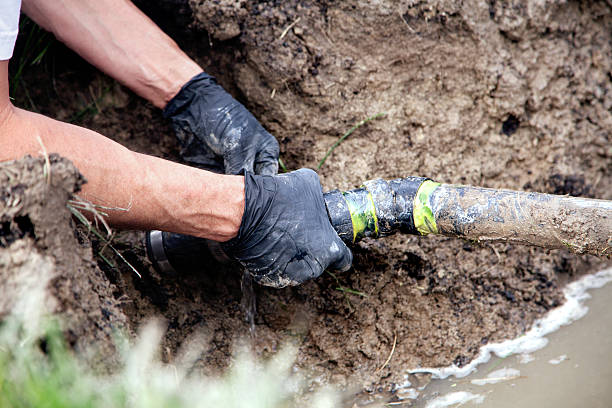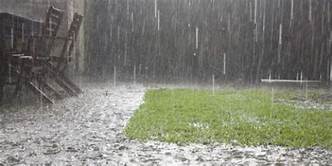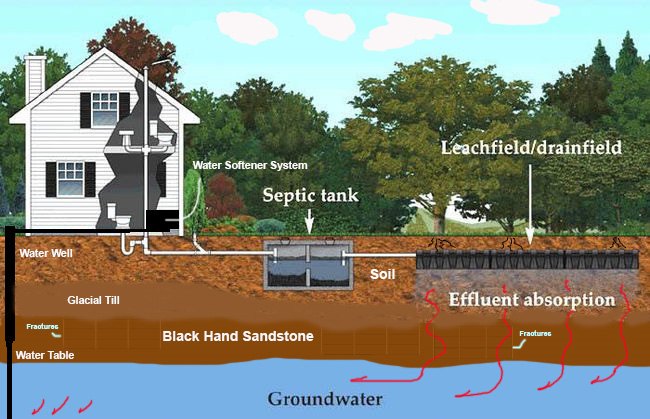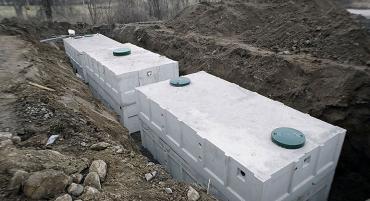Home or commercial building owners who use a septic system are often unsure of the best intervals for pumping their septic tank. While general guidelines are available for septic tank pumping, there are several variables that can affect those guidelines.
It is essential to keep your septic tank needs in mind to make sure that your home or commercial building does not experience smelly and inconvenient back-ups.
What is the best septic tank pumping schedule for your system?
According to an article by the nationwide plumbing company Mr. Rooter, the ideal schedule for pumping your septic system depends on several basic factors. Those include:
- The number of regular household occupants
- Building square footage
- Garbage disposal use
- Tank size
- Local climate
This article supplies a chart with standard guidelines based on the household size, square footage, and tank size.
There are several variables, however, that may indicate the need for more frequent pumping than the chart indicates. They include:
- Frequent disposal of coffee grounds and other materials that are not septic-friendly.
- Higher than average clothes washer use
- Use of a water softener connected to your septic tank
- Frequent garbage disposal use
- Use of a sewage ejector pump connected to the septic system
- Frequent house guests
- Operation of a home business
How do you know your septic tank needs pumping?
According to an InspectAPedia article, your septic tank is operating normally if the combined liquid and solid waste is level with the bottom of the tank outlet pipe.
If you or your septic system professional see that the sewage in your tank is above the bottom of your outlet pipe, you may have one of the following problems.
- The damaged or clogged tank outlet pipe
- Saturated or failing drain field
- Distribution box tipping, damage, or blockage
If your septic system professional finds that the problem lies with either blockage in your tank outlet pipe or distribution box problems, you will be relieved to know that repair will not be too costly and that your drain field is still functioning.
How do you diagnose problems indicated by a low level of sewage after a check inside your septic tank?
In some cases, a low sewage level in your tank may be normal. This happens when your septic tank has not been in use for a few months. Explanations for this situation include the release of moisture because of evaporation or vapor passage through tank cover leaks.
On the other hand, you may have other septic tank problems if observation reveals that sewage levels are below the bottom of the outlet pipe when the system is active.
Some problems indicated by low sewage levels may be:
Cracks or other damage if your tank is concrete. Evaluating the problem will require pumping and cleaning your tank to inspect for damage.
If you have a fiberglass or plastic tank, check to see if your drain plug is in place. Pumping your tank can result in accidental loss of the drain plug. This problem may not even be noticeable until the next tank pumping time.
Steel septic tank problems may be the result of rust holes, and the potential exists for steel tank bottoms to completely rust away.
If your septic tank was homemade or built on-site using stone or concrete blocks, the tank could collapse completely or develop leaks. In fact, the likelihood of leaks is high.
Seek professional advice
Unless you’re a septic system professional, the do-it-yourself approach to septic tank pumping is not advisable. Call J & J Septic at (865) 622-4428 or contact us through our website to get expert advice for pumping your septic tank.











